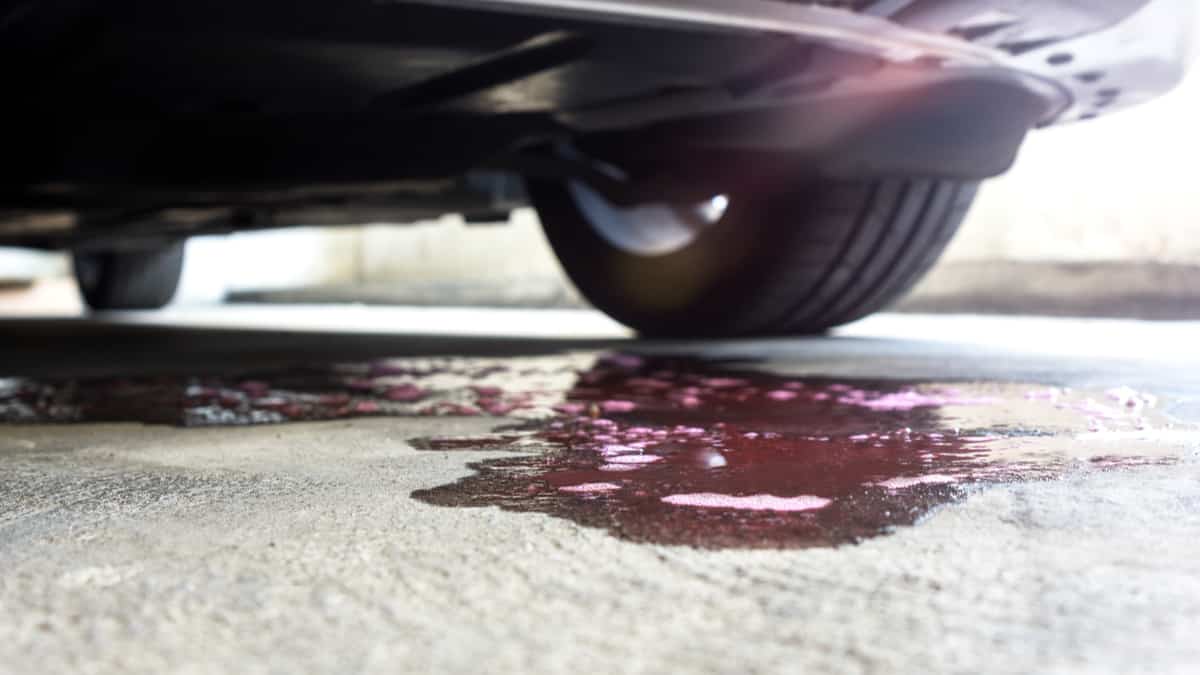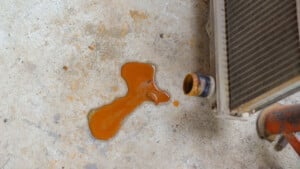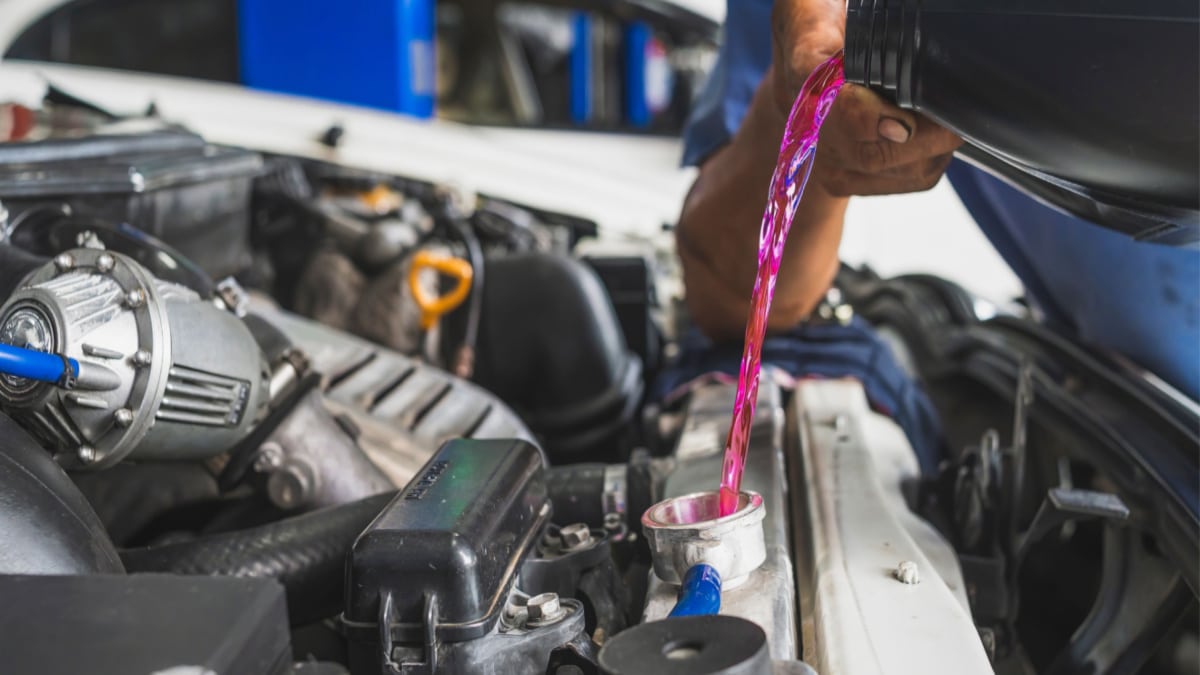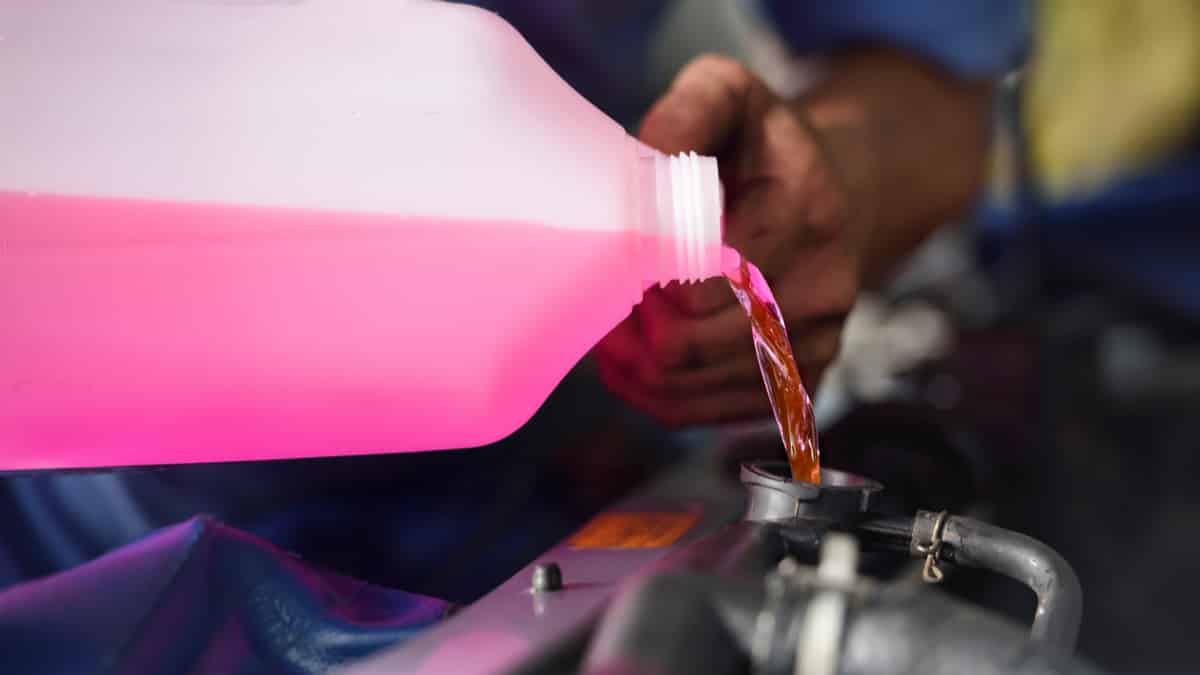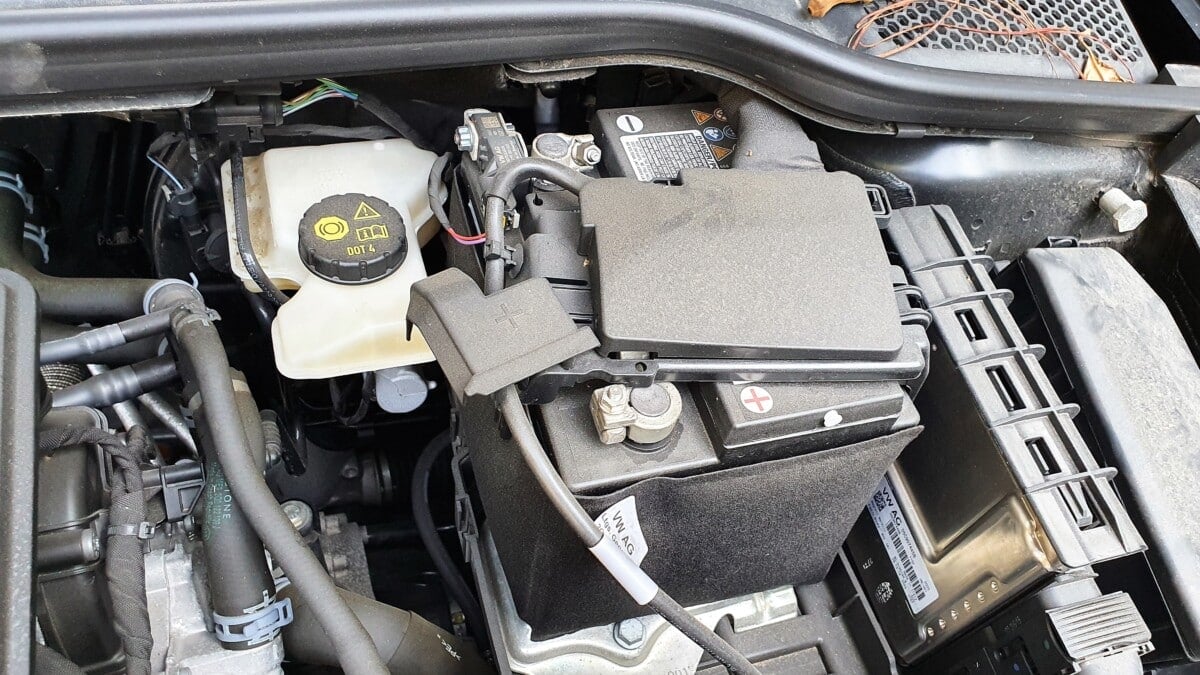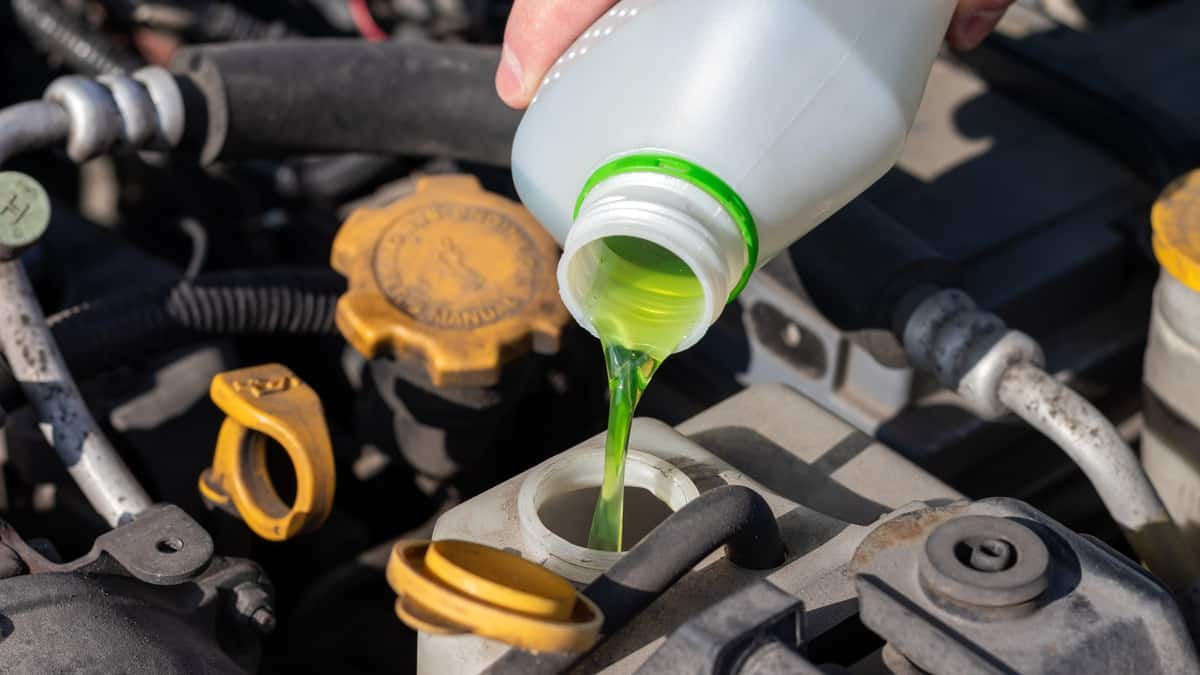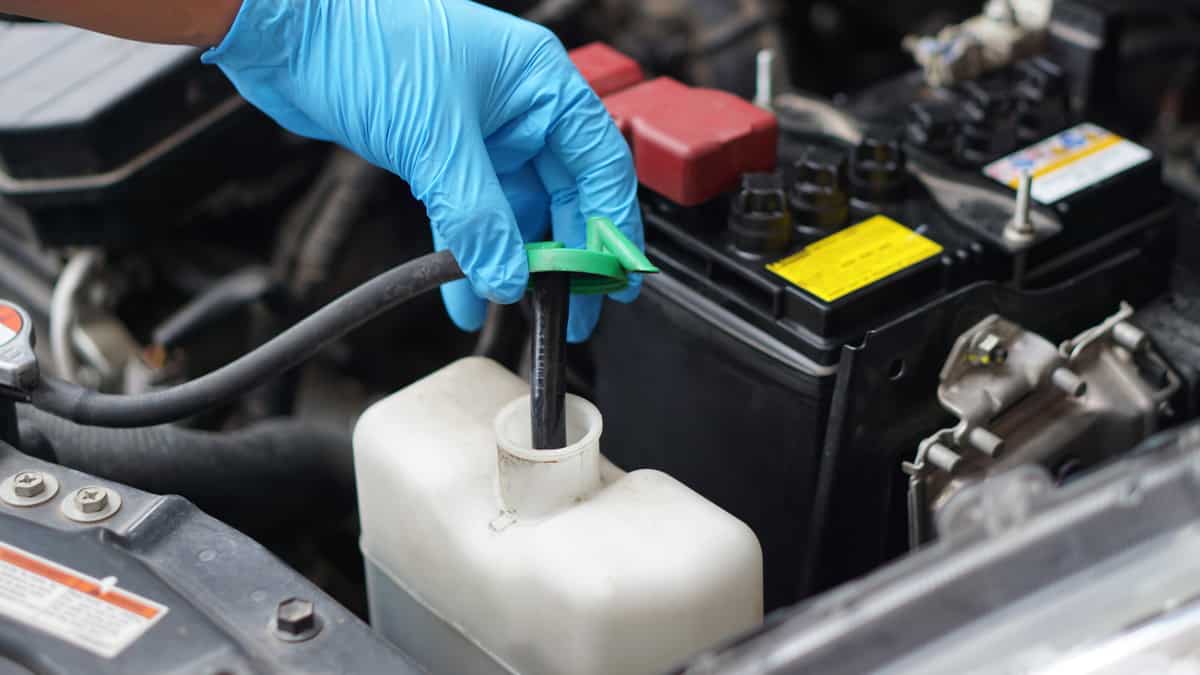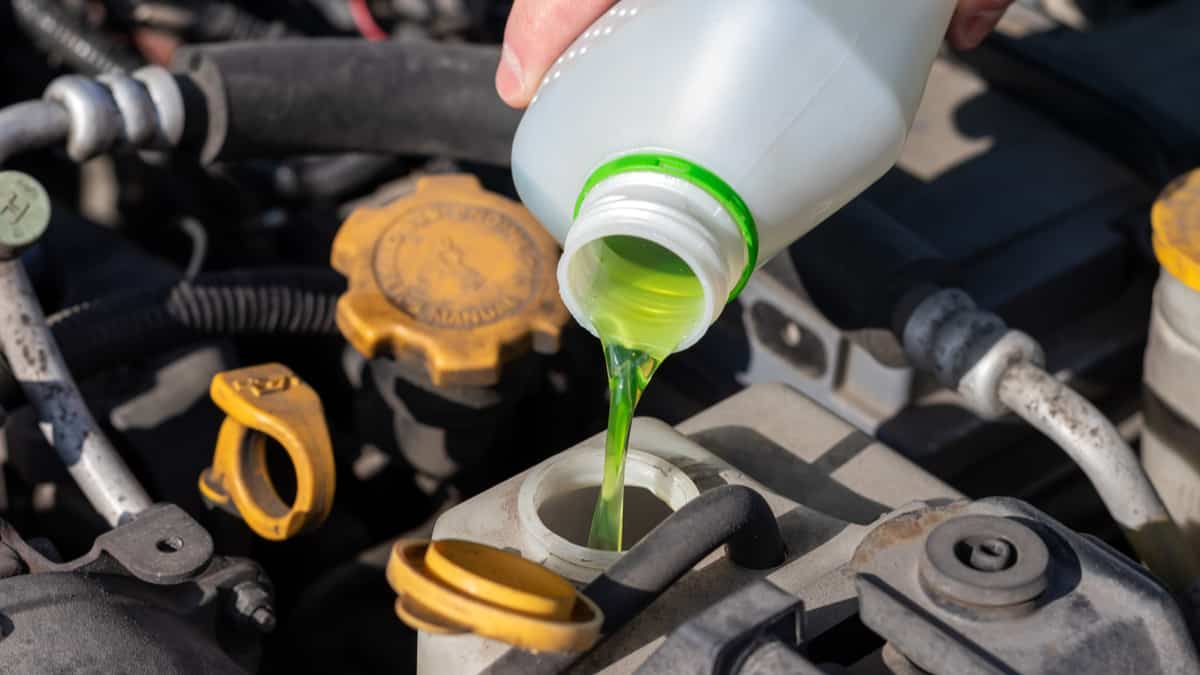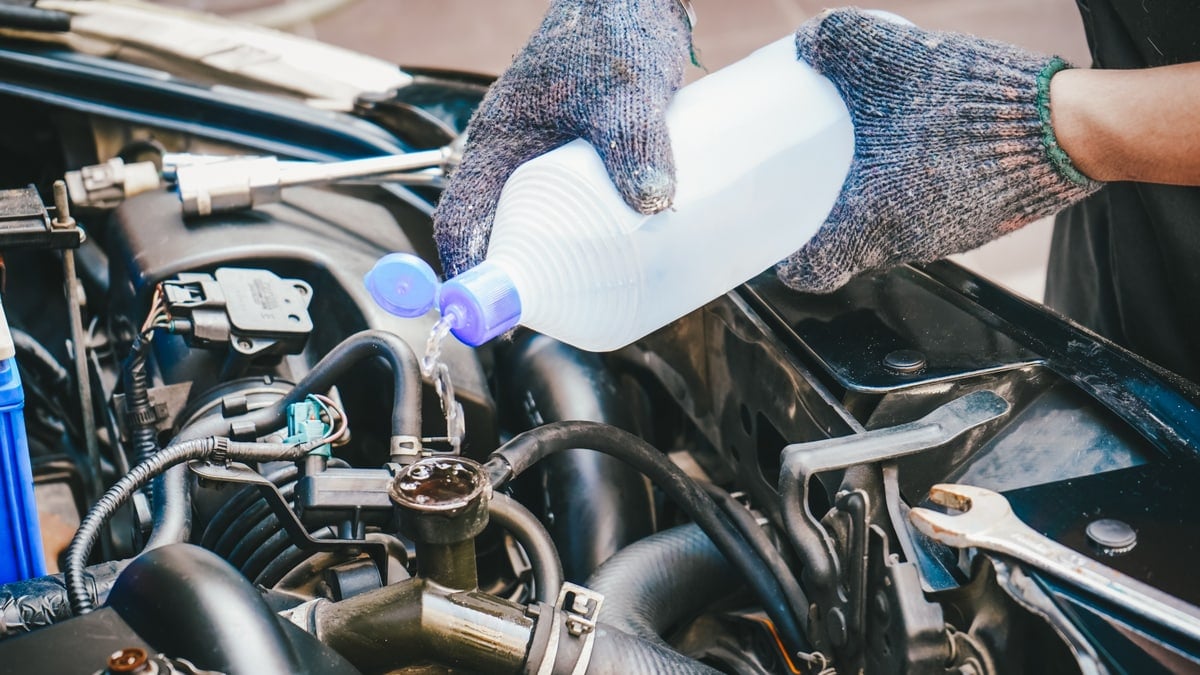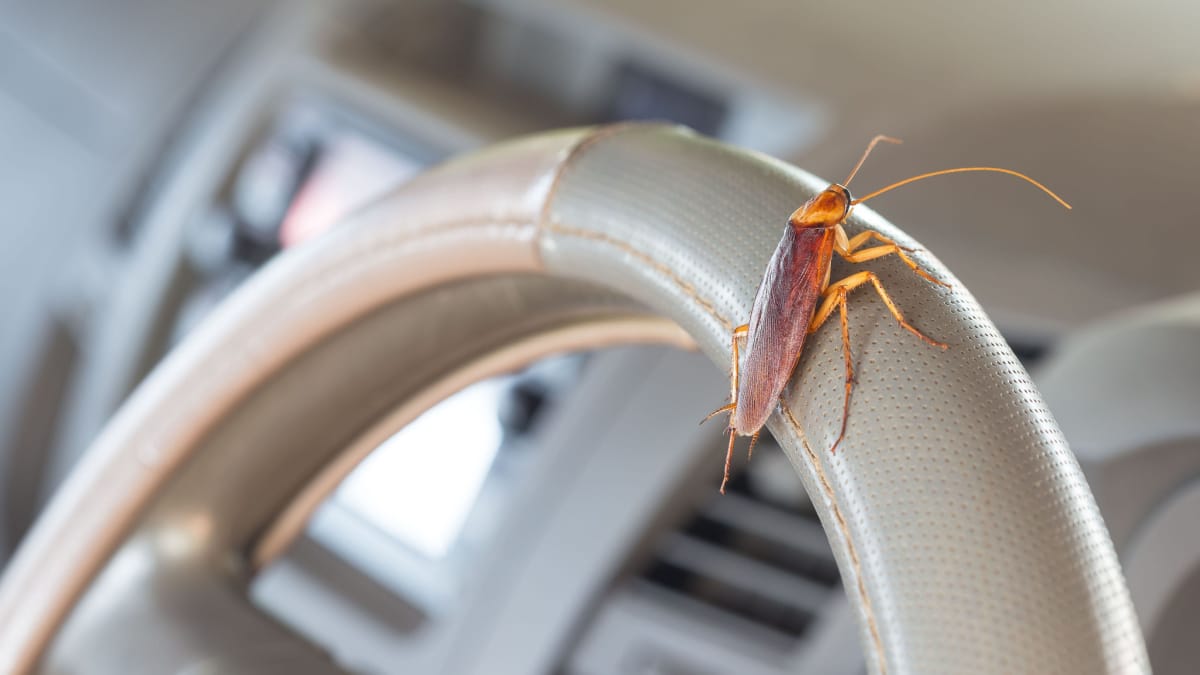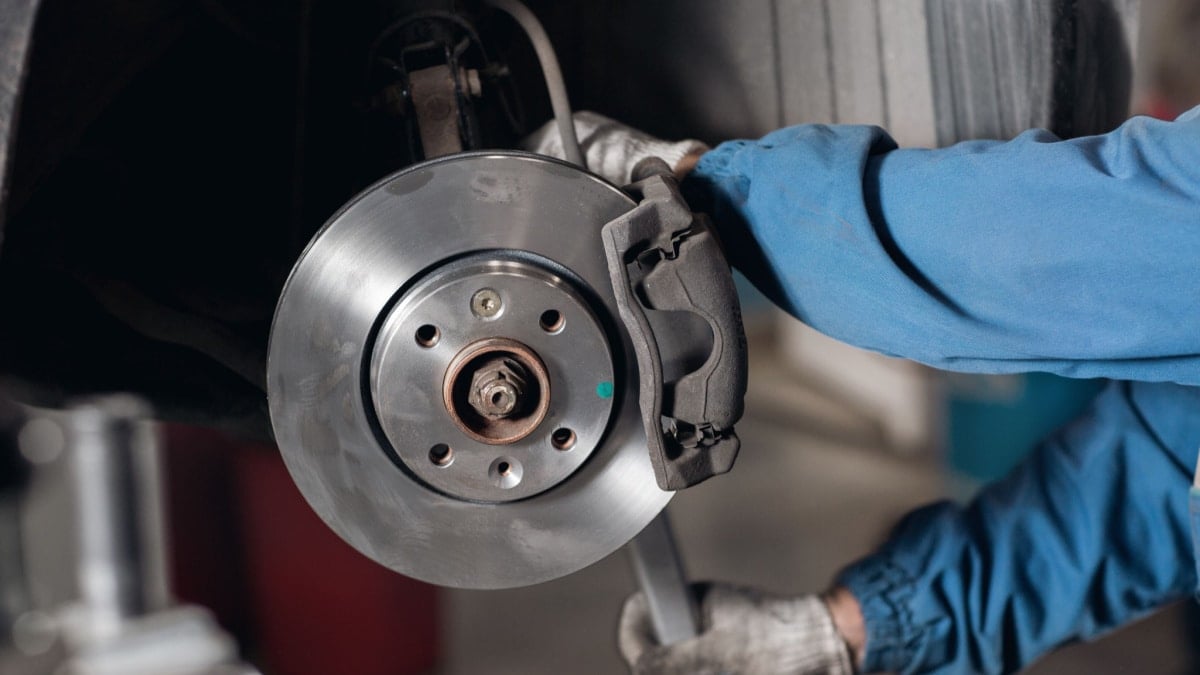If you are performing a coolant flush or fixing your car, you need to know how to dispose of old antifreeze safely and properly. Otherwise, you put your loved ones, pets and the environment at risk.
In this guide, we cover the ways to dispose of antifreeze. We also discuss the dangers that this substance provides.
How to Dispose of Antifreeze
Check Antifreeze Condition
Fresh antifreeze can be dealt with differently because used coolant might contain heavy metals. While you will probably take either to the same disposal location, the organization may need to know what quality it is in.
Flush Coolant
Put on a pair of gloves to protect your skin. Carefully place your drain pan beneath where the drain plug is removed. Make sure the drain pan is large enough to collect all of the liquid without spilling any. Also, allow the coolant to run all the way out before moving the drain pan.
Transfer to Safe Container
Use containers made for holding these dangerous liquids. You can also use the original antifreeze containers that you emptied when you refilled the system. Until you are able to drop off the liquid, put the antifreeze in a safe location.
Dispose at an Appropriate Location
You also want to verify the hours and days that the establishment is open. The last thing you want to do is transport the dangerous substance only to find out that they aren’t open for business.
When you arrive at the recycling center, you turn in all of your containers. Some places offer this service for free, but you should be prepared to pay a small fee for recycling.
Avoid Dangerous Practices
Antifreeze is a toxic substance. It brings harm to animals and people that come in contact with it. It’s also not good for the environment, which is yet another reason to avoid the practice. Take a few minutes of your time to dispose of it correctly for the well-being of everyone involved.
RELATED: How to Add Antifreeze To Your Car (7 Steps)
What is Antifreeze?
Antifreeze is an engine coolant that gets mixed with water. It’s used to regulate the engine temperature, keeping the motor from overheating. This liquid is just as important as the motor oil and transmission fluid.
The modern antifreeze mixes together with water to reduce the freezing temperature of the water. It also increases the boiling point. The liquid gets pumped throughout the engine, removing the heat from the motor. It also helps to prevent corrosion. You should change the antifreeze in your car every 30,000 to 60,000 miles. Check the owner’s manual to see what’s recommended for your vehicle’s make and model.
Antifreeze is a glycol-based substance created with propylene glycol. Antifreeze used to be made out of ethylene glycol. However, the ingredients were changed once the toxicity in children and pets became apparent. Part of the cause of the trouble was the excessively sweet taste and smell that attracted kids and pets who didn’t know any better.
However, both ethylene glycol and propylene glycol are considered toxic substances. You will find most of today’s antifreeze products are made from propylene glycol, but there are still some brands that use ethylene glycol. Either way, you must remain cautious and store the antifreeze safely.
RELATED: Can You Use Water Instead of Coolant? (Why You Shouldn’t)
What’s Toxic about Antifreeze?
Antifreeze is toxic because of the glycol it contains. This chemical is harmful to pets and people. However, there are two types with varying levels of toxicity. Here are the two you want to know about.
Ethylene Glycol Antifreeze: This is the more toxic of the two. It’s not used as frequently as it once was. When this chemical is ingested, it can damage the kidneys, lungs, liver and brain. Ultimately, it leads to organ failure and death, especially if left untreated. Plus, ethylene glycol harms the reproductive system and can create birth defects when pregnant. The worst part is that this antifreeze contains a sweet smell and taste, making it even more appealing to those who should stay away from it.
Propylene Glycol Antifreeze: This is the most used type of antifreeze today and is an ingredient in the majority of products found in the store today. Propylene glycol is considered to be less poisonous than the previous version. However, you should still use it with care because it can create harm. If it were to be ingested in large quantities, it could cause irreparable harm.
RELATED: Can you Mix Different Types of Coolant? (Which Types?)
Whatever type of antifreeze you use, it’s important to care for it the right way, store it safely and dispose of it properly.
Can I pour antifreeze down the toilet?
No, antifreeze is very poisonous and will harm the environment and wildlife if it gets into water supplies. It can also be corrosive and damage your plumbing. Take your old antifreeze to a service station or recycling center.
Does antifreeze evaporate on the ground?
Antifreeze will eventually evaporate on the ground, but it will take a very long time. This also depends on whether it is mixed coolant and how much water it contains. The water will evaporate much faster than the antifreeze.
Is coolant bad for the environment?
Yes, most coolants are bad for the environment. However, it also depends on the type of coolant and how it’s disposed of. Most coolants contain chemicals that are very harmful to the environment
Where can you get rid of antifreeze?
To get rid of antifreeze, you can take it to a service center, recycling center or your local auto parts store. Many auto part stores can actually help you get rid of it, so it might be worth a shot if you don’t have a recycling center nearby.
